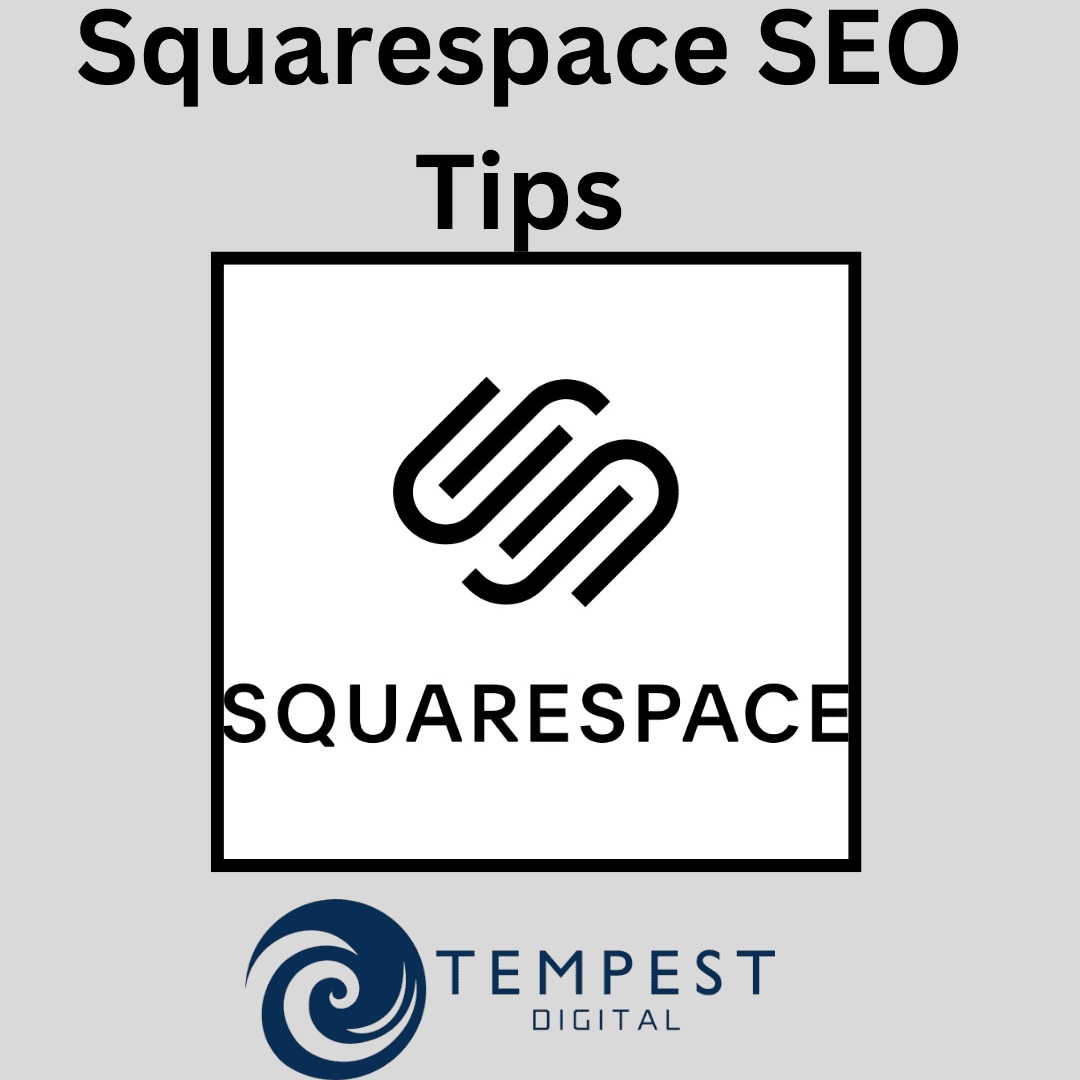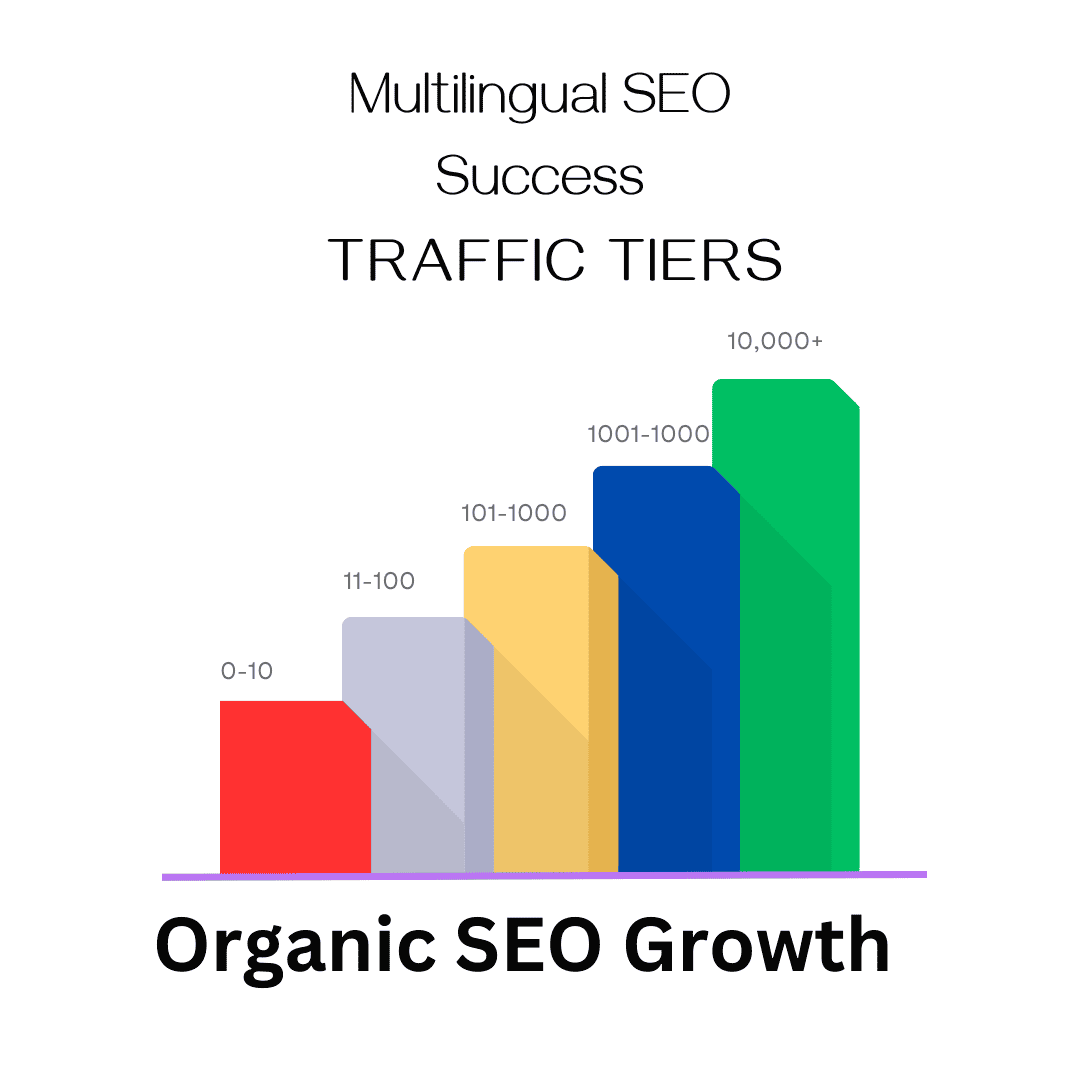Google Ads may be a great tool for increasing visitors and sales to your website, but it’s critical to apply the appropriate methods to maximise your ROI (ROI). One of the most effective methods is to target your adverts using a cost per click (CPC) plan.
A CPC strategy entails deciding how much you’re willing to pay for each click on your ad. This allows you to keep your advertising costs under control and make the most of your money. You may boost your chances of getting high-quality clicks at a cheaper cost by targeting your advertising to the proper demographic and using the right keywords.
Keyword research is a crucial part of a CPC strategy. You should select keywords that are both relevant to your business and have a high search volume. This ensures that your adverts are seen by those who are actively looking for the items or services you provide.
Negative keywords can also be used to exclude specific search phrases from your campaigns. This is useful for avoiding irrelevant clicks and keeping expenditures under control. If you sell shoes, for example, you might want to add “free” as a negative keyword to exclude searches for free shoes.
The Key to Successful Google Ads: A Cost Per Click Strategy for Targeted Advertising
Geographic targeting would be another way to target your ads with a CPC strategy. This enables you to focus on people in specific locations, such as a city or country. This is an excellent method for reaching out to local customers whilst also saving money on advertising on clicks where users may not potentially be able to reach your service or purchase your product.
You can also apply demographic targeting to display your ads to individuals of a specific age or gender. This is useful for targeting a specific group of customers that have higher purchasing power.
The Importance of Timing in a CPC Campaign
Ad scheduling is another way to maximise your ROI with a CPC strategy. This permits you to choose the days and times once your ads will show up. You can improve your chances of obtaining high-quality clicks at a lower cost by scheduling your ads during peak hours as bidding can increase during high peak times.
Once you’ve set up your campaigns and started targeting your ads with a CPC strategy, it is of the most importance to monitor your results and make any necessary modifications. Track your click-through rate (CTR), conversion rate, and costs using Google Ads metrics. If your ads aren’t performing well, consider switching your keywords, targeting, or ad copy to see if that positively affects your results.
It’s also important to remember that a CPC strategy isn’t something you set up once and forget afterwards. It’s a constant process that needs routine review and optimisation. Keep an eye on your metrics and make any necessary changes to ensure that your ads are hitting the right people and producing the desired outcomes. Consider testing multiple ad types, such as responsive search advertising or showcase ads, to determine which ones operate best for your company. To stay ahead of the competition, it is indeed important to continuously discover different keywords, audiences, and trends. A CPC strategy, when used correctly, can assist you in meeting your business objectives while also earning the most of your Google Ads spend.



